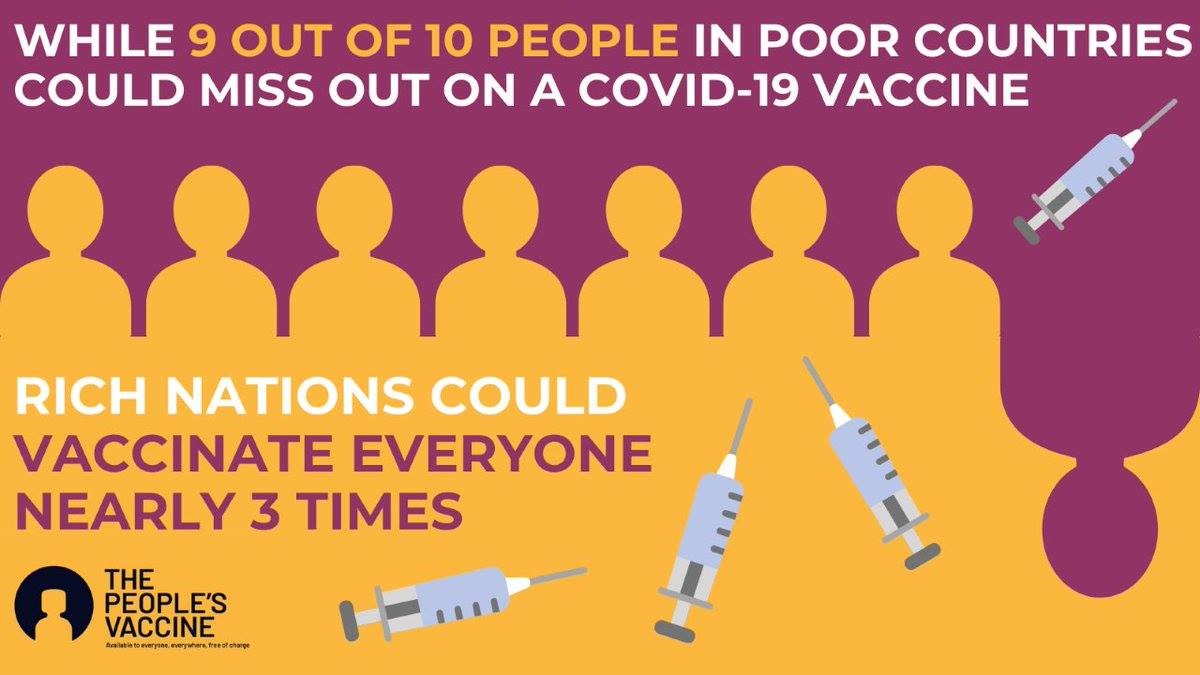By Indranie Deolall
Dismayed by the brightness, the colony of dangling bats fled the starch mango tree which is still bearing a few plump fruits, out of season. Underneath the leafy canopy of shifting sunshine and shadows, flourishes a common weed that some desperate people are using to try and fend off COVID-19.
Early one morning, I admired butterflies and hummingbirds darting to the tiny bell-like purple flowers on the swaying, seedy spikes, but it is the serrated leaves that are favoured in traditional folk medicine across the region. Truckloads of the plant, are being sold in parts of Jamaica with hucksters doing brisk business, media reports said.
Worried West Indians
Stachytarpheta jamaicensis, variously called verven, bastard vervain, vervine, blue snakeweed, worry-vine and even Brazilian tea from the days when it was packaged and exported by that South American country as a herbal drink, is among the shrubs that are being boiled up in bitter concoctions as worried West Indians from Antigua to Tobago, struggle with sickness, rising deaths and alarm over the conspicuous absence of vaccines in the ongoing pandemic, this side of the globe.
For the many millions of us who do not work in the crucial health sector or live in the North, we are largely on our own, looking to green-fingered elders, our overgrown backyards and baffled governments waiting in grim uncertainty on the expected allocated munificence of global initiatives like COVAX, co-led by Gavi, the Vaccine Alliance; the Coalition for Epidemic Preparedness Innovations (CEPI) and the World Health Organisation (WHO).
EU/UK nasty fight
We only have to look at this week’s nasty fight between the European Union (EU) and the United Kingdom (UK) over the scarce shots, as the vaccine wars explode among the wealthy and privileged countries, to know what is not coming in bulk soon into the airport nearby. COVID-19 has exacerbated the disparities and the haves and have-nots.
Recently, the RAND Corporation, a premier research organisation from the United States cautioned that while vaccine nationalism may seem inevitable, there are real economic consequences. If the poorest countries do not gain vaccines, the global economy will surrender US$153 billion a year in output, the group calculated.
It argued that major economies have more to gain by helping to make an effective vaccine widely available globally. Based on estimates by Oxfam International in 2020, it would cost US$25 billon to supply lower-income countries with vaccines. The US, the UK, the EU, and other high-income countries combined could lose about US$119 billion a year if the poorest countries are denied a supply. But if these high-income countries would provide the finance for the vaccines, there could be a benefit-to-cost ratio of 4.8 to 1. This means that for every US$1 spent, high-income countries would get back about US$4.80.

A moral failure
Days ago, the WHO’s head, Dr Tedros Adhanom Ghebreyesus warned that the world faces a “catastrophic moral failure” because of the inequitable access to the coveted vaccines with rich countries securing most of the millions of doses.
Pointing to the emergence of rapidly-spreading variants, he referred to the concern “from several member states who have questioned whether COVAX will get the vaccines it needs, and whether high-income countries will keep the promises they have made.”
“We now face the real danger that even as vaccines bring hope to some, they become another brick in the wall of inequality between the world’s haves and have-nots. It’s right that all governments want to prioritize vaccinating their own health workers and older people first. But it’s not right that younger, healthier adults in rich countries are vaccinated before health workers and older people in poorer countries.”
Dr Tedros stated, “I need to be blunt: the world is on the brink of a catastrophic moral failure – and the price of this failure will be paid with lives and livelihoods in the world’s poorest countries.”
Jump to the front of queue
“Even as they speak the language of equitable access, some countries and companies continue to prioritize bilateral deals, going around COVAX, driving up prices and attempting to jump to the front of the queue. This is wrong, 44 bilateral deals were signed last year, and at least 12 have already been signed this year,” he observed.
He pointed out, “The situation is compounded by the fact that most manufacturers have prioritized regulatory approval in rich countries where the profits are highest, rather than submitting full dossiers to WHO.” This could delay COVAX deliveries and create exactly the scenario COVAX was designed to avoid, with hoarding, a chaotic market, an uncoordinated response, and continued social and economic disruption.
More than 39 million doses of vaccine have now been administered in at least 49 higher-income countries. Just 25 doses have been given in one unnamed lowest-income country, he said.
Canada six times over
In late December, the West African nation of Guinea injected 25 of its senior officials with doses of the Russian Sputnik V COVID-19 vaccine. Unshaken by safety concerns, national leaders celebrated on State television, “We are the guinea pigs,” one said, according to the NBC network. Nearly a month later, there has still not been a single dose of a licensed Western vaccine administered on the African continent, even as roughly 60 million doses were shared elsewhere.
Canada pre-ordered enough potential doses to vaccinate its entire population nearly six times over, and the US has enough purchase options to vaccinate every American nearly five times. A small group of wealthy nations, comprising just 16 percent of the world’s population have locked up 60 percent of the global vaccine supply, according to Duke University’s Global Health Institute.
Australia, Canada and Japan account for one percent of the world’s coronavirus cases, but they have amassed more doses than all of Latin America and the Caribbean, which have close to 20 percent of cases. An estimated 96 percent of the supplies of the Pfizer/BioNTech vaccine, and all of the Moderna vaccine will go to the West. Manufacturers of the Oxford University/AstraZeneca vaccine, which has 70 percent efficacy, is stable at normal fridge temperatures and low priced, have said 64 percent of doses will be for the developing world.
No vaccines to date
“Indeed for the Caribbean Community (CARICOM) member-states, it is awful – for most there has been no vaccines to date. Barbados received a mere, precious five doses of a COVID-19 vaccine shared between key health officials and three Cabinet figures including prime minister Mia Mottley, Loop disclosed earlier this month.” For overseas dependent territories such as the Cayman Islands, the colonial link to the wealthy ‘mother countries’ has paid off with almost 10,000 prized shots coming in from the UK.
Guyana, Trinidad and Tobago and Jamaica are among the have-not nations which have made down payments and signed agreements to purchase vaccines through COVAX, which says it is on track to deliver at least 2 billion doses but by the end of the year, including at least 1.3 billion doses to 92 lower-income economies. Under an existing agreement with the Pune-based Serum Institute of India, COVAX expects to receive its first 100 million doses of the AstraZeneca/Oxford University-developed vaccine, set for delivery in the first quarter of the year, pending WHO Emergency Use Listing.

Traditional medicine
In a 2011 online article, UWI Today magazine, published by the University of the West Indies, St Augustine Campus reported on an extensive ethnobotanical study done in Trinidad on the use of medicinal plants in 50 rural communities, featuring 450 households, as part of the larger Caribbean-wide TRAMIL (Traditional Medicine in the Islands) network. It noted that in animal models, an extract of verven or vervine significantly reduced sensitivity to pain and experimentally-induced inflammation.
The survey found that 43 plant species were used for ‘cooling.’ Among them Cat’s claw (Macfadyena unguis), Candle or Ringworm bush (Senna alata) with its brilliant yellow columnar flowers, the ubiquitous Caraille or bitter gourd (Momordica charantia), Shiny Bush (Peperomia pellucida), the common Lemon/Fever Grass (Cymbopogon citratus), and Jackass-Bitters or Zebapique (Neurolaena lobata), that we played with as children. Several of these are growing in my garden. With our options running out, we may very well have to resort to our backyards.
ID sings the Shanto King, Bill Rogers’ vintage “The weed song” about the old woman bush seller – “Oh when I hear how much bush she had I left dumb till I couldn’t even talk. She started to call from Camp Street Corner, An never stop till she reach Orange Walk …”
Bill Roger’s famous song with lyrics including the names of ALL the weeds at https://www.youtube.com/watch?v=00wXT7Ksv6E
UWI Today article https://sta.uwi.edu/uwi…/archive/january_2011/article8.asp





